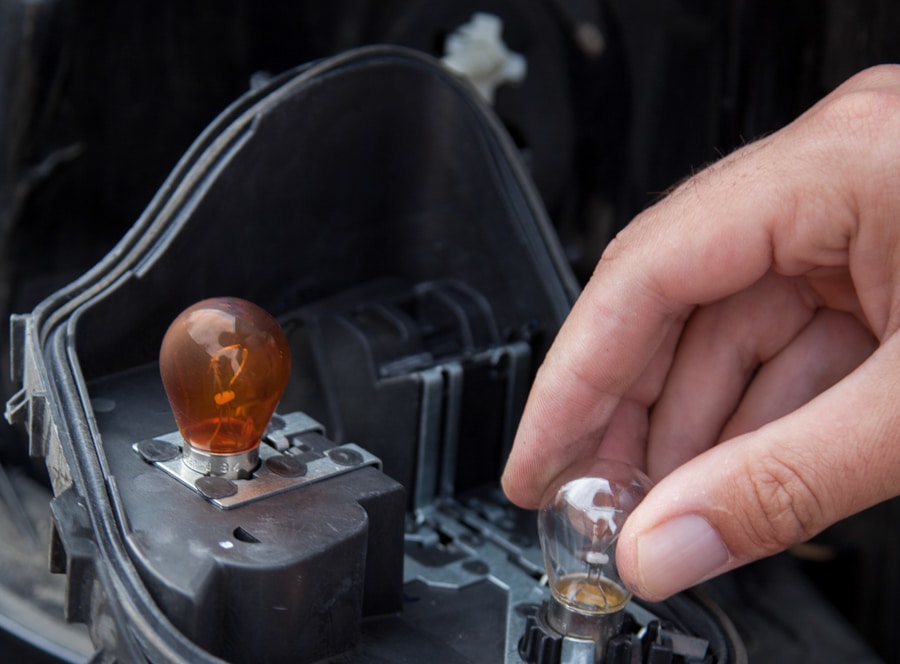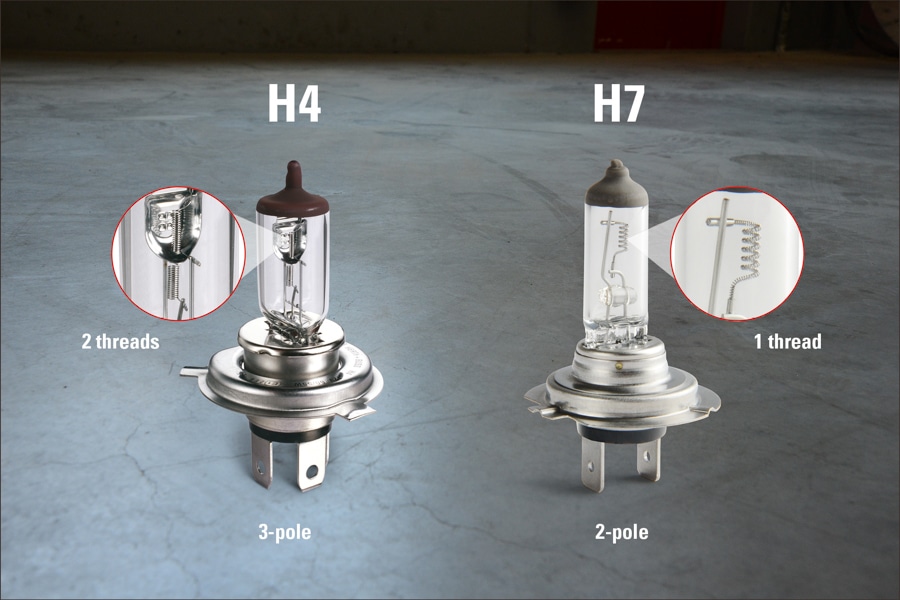The sun rises later in the mornings and it gets darker earlier in the evenings. This marks the slow transition from summer to autumn. This also means that the vehicle lights have to be switched on earlier and thus have to burn longer. It’s instantly obvious if a vehicle in oncoming traffic has a failure in the bulbs, or, to put it a different way: a blind eye.
It is therefore advisable to walk around your own vehicle to check for any failures and, if necessary, replace the defective bulb due to wear.
In some cases, it is not easy to replace bulbs without help. The lack of space in the engine bay is a key factor here on more modern vehicles. To reach the headlight, it is sometimes necessary to remove the battery. In some cases, the air filter box may also be in the way.
In such cases, it is usually necessary to visit the workshop, which, of course, also involves higher costs. This is another reason why some drivers choose to travel half-blind on the roads for a while.
Rules and regulations
Bulbs are regulated by law. This means that there are clear rules and regulations stipulating which bulbs are installed and where. The number of watts/lumens, the colour and the type of illumination.
These regulations are defined by the KBA Regulation R37. All bulbs on the outside of the vehicle must have an E-test number, otherwise the type approval will be voided.
The rules for inside the vehicle are more relaxed. Here, the interior can be changed by LEDs or coloured bulbs as desired.
The main difference between H4 and H7 bulbs:
H4 is a dual filament bulb for headlights (12V 60/55Watt), with one filament for low beam and one filament for high beam. The plug is 3-pin.
The H7 has only one filament (12V 55Watt) and is installed as a low beam or high beam light. Depending on the vehicle model, one or two H7 can be installed on each side, usually in conjunction with a xenon gas discharge lamp. The plug of an H7 is 2-pin. H7 bulbs are susceptible to voltage peaks due to the narrow filament, which burns very hot. Based on our experience, we therefore offer long-life and super-long life variants for a longer service life for the benefit of our customers. The service life of the H7 super-long life bulb is more than three times longer than standard lights.
We also offer the voltage peak killer for all professionals (to keep the eyes of your favourite car burning bright for longer).
What should we pay attention to?
When replacing all bulbs, especially with halogen lamps, you must ensure that you do not touch the glass body with your fingers. Sweat, grease or dirt particles on the glass bulb will inevitably lead to an earlier failure of the lamp. A halogen lamp gets very hot and does not withstand these environmental influences very well. This is also one of the reasons why many experts from the workshop use sensitive and clean gloves when changing the bulb.
With skill, you can safely change the bulbs in the headlights, indicators and rear lights yourself. It is advisable for every vehicle owner to have a small store of spare bulbs in a spare bulb box in the glove compartment next to the safety vest. Our wide assortment contains various versions, in 12 and 24 volts.




